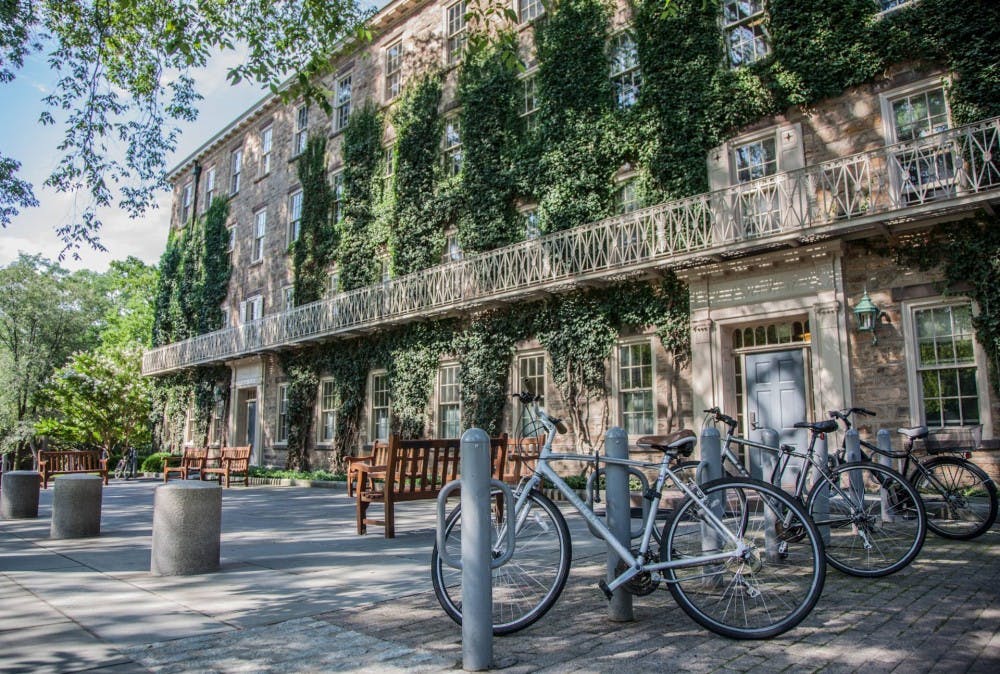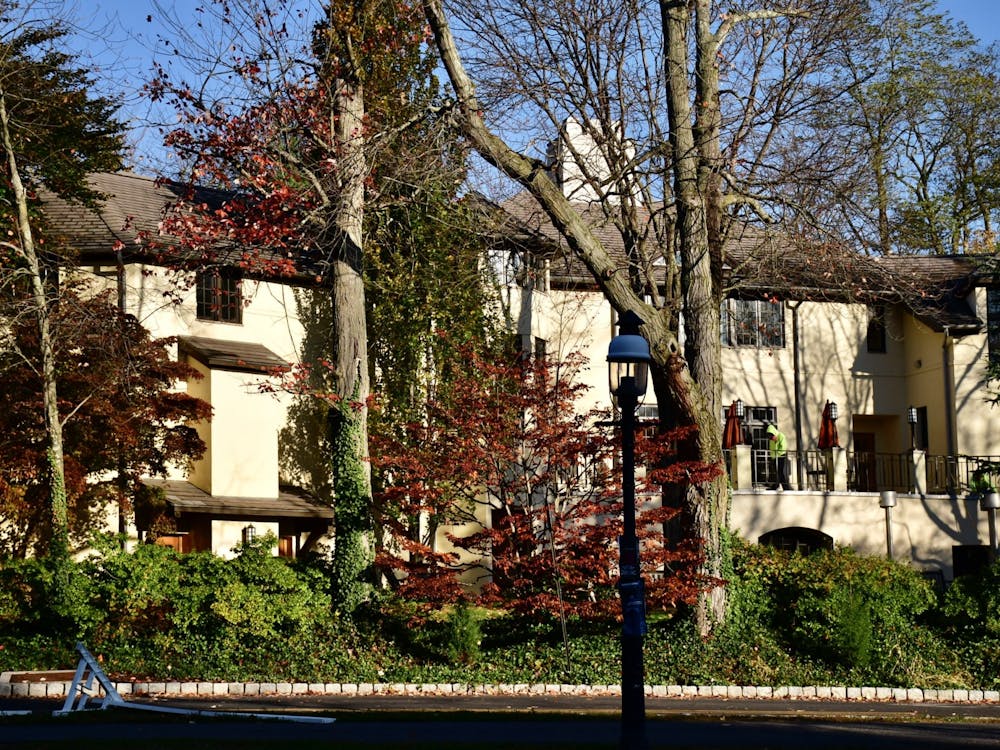On Oct. 1, a judge ruled in support of Harvard’s admissions practices, which considers the racial identities of applicants, rejecting the claim that considering race leads to discrimination against Asian-American applicants. The judge thus supported Harvard’s use of race in its holistic review of applicants, affirming the importance of race-conscious admissions — as opposed to race-neutral processes — to achieve a diverse student body.
The ruling marks a significant moment for affirmative action, having survived its latest challenge. It also provides an important opportunity to consider why affirmative action still matters.
The judge found no evidence that Harvard systematically discriminates against Asian-American students, who are admitted at the same rate as other applicants and make up about one-fifth of the admitted class, though they comprise just six percent of the American population. Though there is of course continued work to be done to combat implicit biases of all kinds in admissions processes, there was no widespread bias against Asian-American applicants that would justify taking apart the very good work that affirmative action does. Race-conscious admissions remains necessary because of the embedded inequalities in the admissions process.
Amidst the lawsuit, a Duke University study found that 43 percent of white admits at Harvard are athletes, legacies, on the dean’s interest list (relatives of donors), or the children of faculty and staff (ALDC). Had they been treated as white non-ALDCs, three-quarters of these admits would have been rejected. This means that nearly half of white admits received preferential treatment in the admissions process. By contrast, less than 16 percent of African-American, Asian-American, or Hispanic admits are ALDCs.
This is the inequality that parents exploited in the Operation Varsity Blues scandal exposed last spring. As I described in my column on the subject, the orchestrator of the scheme used the “side door” of college admissions — preferences for recruited athletes — to get students into elite schools such as Yale and Stanford by posing as soccer, rowing, and water polo recruits. While this practice is clearly an abuse of the system, it reveals how parents view the college admissions process as one that can be circumvented using wealth, whether by donating directly to schools or by attaining the skills and resume that schools favor.
Looking at athletic recruits at Harvard, Derek Thompson of The Atlantic found that families of these athletes were twice as likely to earn more than $500,000 instead of less than $80,000, compared to the families of non-recruits, and are twice as likely to be white versus all non-ALDC admits. Ivy League teams are also often more likely to have a higher ratio of white people than the rest of the class, as many recruited sports at Harvard — lacrosse, rowing, tennis, volleyball, squash, etc. — require equipment and training that closes the door to many low-income non-white children. For just one example, of the 700 Ivy League rowers and lacrosse players in the 2017-18 school year, less than 30 were black.
These statistics show that, like legacy and dean’s list applicants, the process of recruitment favors wealthy white students at the exclusion of other students. ALDC preferences become, in Thompson’s words, “affirmative action for white affluence.”
Schools have a number of reasons for giving preferences for ALDCs, among them incentivizing donations, maintaining positive relationships with alumni, and enriching the campus community. But in a world where these preferences largely go to wealthy white students, it makes sense that consideration of racial identity and the benefits that diversity brings to campuses should be taken into account as well.
It is important to note that affirmative action is not merely about giving students of color access to these schools for its own sake. As Harvard argued in court, diversity enhances the university experience for all students. The most impactful learning in college comes from interacting with peers and learning from people with differing experiences, both inside and outside the classroom. The more the university looks like the world, the more equipped students will be to navigate and succeed once they leave.
This is what affirmative action achieves. The world is already an uneven playing field, and ALDC preferences only increase the disparity between wealthy white applicants and students of other backgrounds. Affirmative action seeks to even the playing field so that applicants from a range of experiences have a chance to contribute to elite universities.
If you buy the argument that playing squash, coming from a wealthy donor’s family, or having parents who attended the school qualifies as a compelling contribution to a campus community, then there’s no way to argue that coming from the opposite background shouldn’t be valued to the same extent. If you disagree with ALDC treatment as unfairly reproducing privilege, affirmative action corrects for that by emphasizing the importance of diversity.
If you think all preferential treatment on the basis of identity is wrong, and want race-neutral admissions, then you have to find a way to either justify or eliminate the preferences schools like Harvard already give and how these advantages implicitly favor certain backgrounds over others. The judge affirmed this in her ruling, stating that the alternative methods proposed by the plaintiffs would actually lead to a decline in qualified black and Hispanic students. For Harvard to “achieve a diverse student body while still maintaining its standards for academic excellence,” it needs race-conscious admissions.

It is not enough to state that race does not define people, and thus should not be considered in admissions, without recognizing the work race and racism does to define people’s lives every day. As the judge stated in the conclusion to her ruling, it is the diversity that affirmative action provides that “will move us, one day, to the point where we see that race is a fact, but not the defining fact and not the fact that tells us what is important, but we are not yet. Until we are, race conscious admissions programs that survive strict scrutiny will have an important place in society and help ensure that colleges and universities can offer a diverse atmosphere that fosters learning, improves scholarship, and encourages mutual respect and understanding.”
The ruling in favor of Harvard is important not just for that school, but as a broader restatement of the importance of affirmative action and diversity, for students as well as the campus communities they make their home.
Julia Chaffers is a sophomore from Wellesley, Mass. She can be reached at chaffers@princeton.edu.








